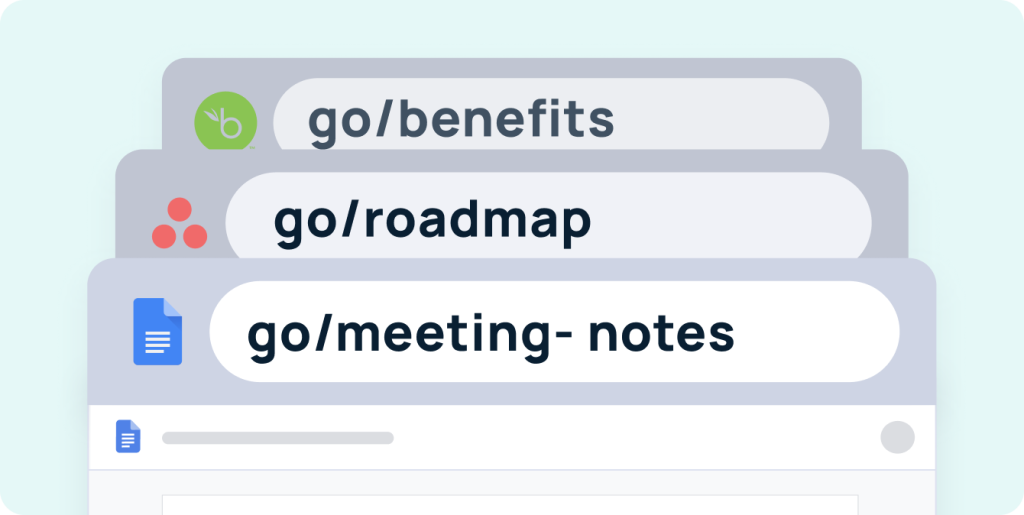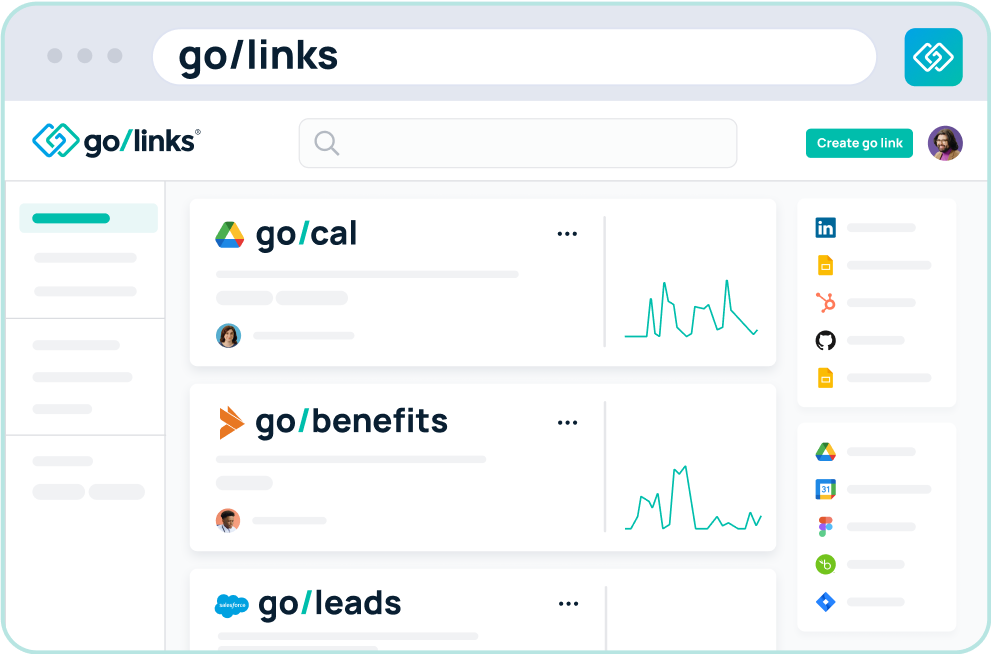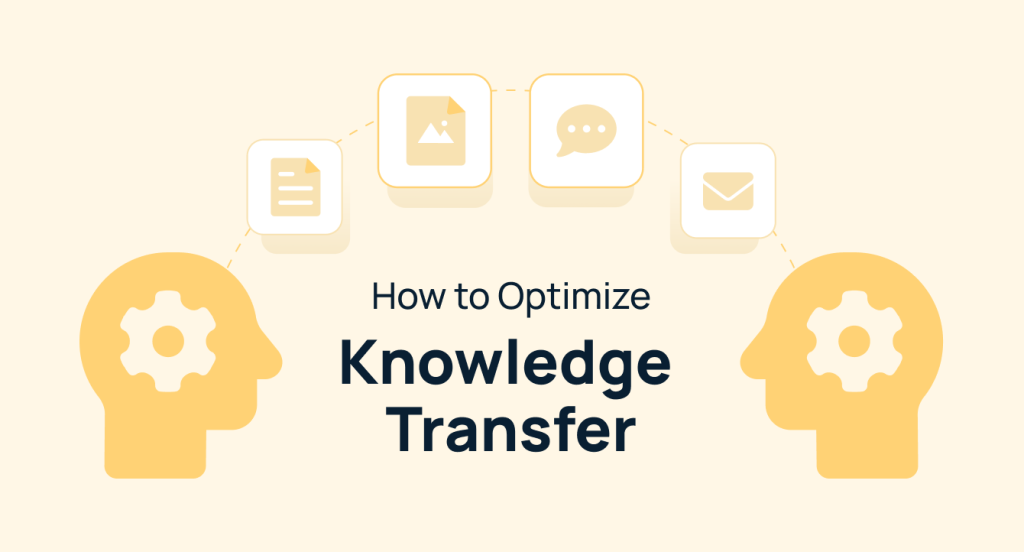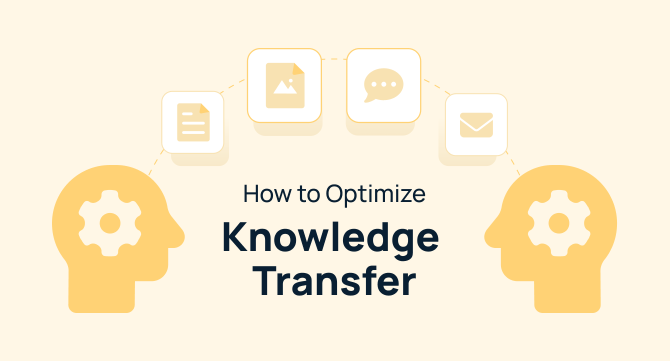Many organizations still struggle with effectively transferring knowledge. In most cases, it’s because there is so much information at our fingertips that it is difficult to manage it all.
The search for this data can feel like a never-ending quest, wasting time, energy, and productivity.
In this article, we’ll dive into the essentials of workplace knowledge transfer, why it matters, and how you can implement tools to help.
Overview of knowledge transfer
Knowledge transfer is the process of sharing or disseminating knowledge and skills from one part of an organization to another. It encompasses how information is communicated, retained, and utilized to ensure that expertise and insights are not lost over time.
In organizational contexts, knowledge transfer plays a crucial role in:
- Maintaining business continuity: Ensures that essential knowledge remains within the organization, even as employees come and go.
- Fostering innovation: Encourages the exchange of ideas, leading to new solutions and improvements.
- Enhancing efficiency: Streamlines processes and reduces redundancy by making information readily available.
Key concepts in knowledge transfer
Knowledge sharing
Knowledge sharing involves the exchange of knowledge between individuals or groups. This could be formal, like training sessions and documentation, or informal, such as team meetings and casual conversations. The goal is to ensure that valuable insights are accessible to those who need them.
Knowledge retention
Knowledge retention is about keeping critical information within the organization. This involves strategies for preserving expertise and insights, even as team members leave or retire. Effective knowledge retention strategies include documentation, creating training materials, mentoring, and creating knowledge bases.
Knowledge dissemination
Knowledge dissemination refers to the process of spreading information across the organization. This includes making knowledge easily accessible and ensuring that it reaches the right people. Techniques for dissemination include internal newsletters, knowledge portals, and, of course, tools like GoLinks.
The benefits of successful knowledge transfer
Enhanced decision-making
Effective knowledge transfer supports informed and timely decisions. When decision-makers have access to comprehensive, up-to-date information, they can make better choices that drive business success. For instance, with GoLinks, your team can quickly access the latest sales reports or meeting notes without sifting through endless emails and files.

Improved efficiency and productivity
Reducing redundancy and streamlining processes are key benefits of knowledge transfer. When knowledge is easily accessible, employees spend less time searching for information and more time focusing on their core tasks. GoLinks simplifies this by turning complex URLs into memorable short links, making resource access swift and straightforward.

Fostering innovation
A culture of continuous learning and innovation is supported by effective knowledge transfer. By sharing knowledge across teams, organizations can spark new ideas and solutions. GoLinks facilitates this by providing a centralized way to access and share knowledge, encouraging collaboration and creative problem-solving.
Maintaining organizational continuity
Knowledge transfer helps mitigate the impact of employee turnover. When employees leave, their expertise doesn’t vanish—it’s preserved and accessible to others. GoLinks ensures that even as team members change, valuable resources and insights remain within reach, maintaining continuity and stability.
Common challenges in knowledge transfer
Overcoming cultural barriers
Cultural and organizational barriers can impede knowledge sharing. These may include a lack of incentives for sharing knowledge, hierarchical structures, or simply a reluctance to share information. To overcome these barriers, create a culture that values and rewards knowledge sharing.
Managing tacit knowledge
Tacit knowledge, which is personal and hard to formalize, can be challenging to transfer. Techniques for capturing and sharing tacit knowledge include mentoring, storytelling, and using digital tools to document insights. GoLinks supports this by providing a user-friendly platform to organize and share both tacit and explicit knowledge efficiently.
Ensuring knowledge relevance
Keeping knowledge up-to-date and relevant is crucial. Outdated information can lead to poor decision-making and decreased productivity. Regularly review and update your knowledge resources to ensure they remain accurate and useful. GoLinks helps by making it easy to manage and access current information, reducing the risk of using outdated data.
Balancing security with accessibility
Managing the trade-off between knowledge accessibility and data security is a common challenge. Sensitive information must be protected while still being accessible to authorized users. GoLinks allows you to create secure, memorable links to important resources, ensuring that data is both accessible and protected.
Components of an effective knowledge transfer plan
Identifying critical knowledge
Identifying key knowledge areas and subject matter experts is the first step in creating a knowledge transfer plan. Focus on areas that are crucial for business operations and success.
Assessing knowledge transfer needs
Understand your organization’s needs and align them with your knowledge transfer goals. This involves assessing current knowledge gaps and determining the best methods for addressing them.
Developing knowledge transfer methods
Choose appropriate methods for transferring knowledge, such as mentoring, training sessions, knowledge management tools, and digital documentation. GoLinks can be an integral part of this process, providing a knowledge management system to improve information sharing and access.

Setting knowledge transfer objectives
Define clear and measurable goals for your knowledge transfer process. This helps ensure that your efforts are focused and effective. GoLinks can assist by providing metrics on link usage and access patterns, helping you track the success of your knowledge transfer initiatives.
Knowledge transfer template
1. Introduction
Purpose:
This knowledge transfer plan template establishes a structured approach for capturing, sharing, and retaining knowledge within the enterprise. This plan aims to ensure valuable knowledge and expertise are effectively transferred across teams, departments, and locations, supporting continuous learning and operational efficiency.
Scope:
The KTP applies to all employees, contractors, and partners involved in knowledge-intensive processes, encompassing all types of knowledge—tacit, explicit, and embedded—related to company operations, technologies, customer interactions, and more.
2. Objectives
- Enhance Knowledge Sharing: Cultivate a culture of open communication and collaboration.
- Preserve Organizational Knowledge: Ensure critical knowledge is documented and accessible.
- Improve Efficiency: Streamline access to relevant information.
- Support Employee Development: Facilitate skill development through shared knowledge.
3. Knowledge Transfer Methods
| Method | Description | Example |
| Documentation & Repositories | Comprehensive repository of documents, guidelines, best practices, and procedures. | GoLink: go/HR-Policies |
| Communication Channels | Platforms like Slack, MS Teams, and intranets for real-time sharing. | GoLink: go/Meeting-Notes |
| Training & Development | Regular training sessions, workshops, and mentorship programs. | GoLink: go/mentorship |
| Collaborative Tools | Project management tools like Trello, Asana, or Jira. | GoLink: go/Project-X |
| Knowledge Sharing Sessions | Lunch & Learn and town hall meetings for knowledge dissemination. | GoLink: go/lunch-n-learn |
| Exit Interviews & Knowledge Capture | Capture knowledge and insights from departing employees. | GoLink: go/Exit-Interview |
4. Implementation Plan
| Phase | Description | Duration |
| Phase 1 | Initial Assessment and Planning | 1 Month |
| Phase 2 | Implementation of Tools and Repositories | 2 Months |
| Phase 3 | Training and Awareness | 1 Month |
| Phase 4 | Ongoing Maintenance and Improvement | Continuous |
Roles and Responsibilities
| Role | Responsibilities |
| Knowledge Managers | Oversee implementation and maintenance of knowledge repositories and GoLinks. |
| IT Department | Ensure technical infrastructure supports knowledge-sharing tools. |
| Department Heads | Identify critical knowledge areas and encourage participation. |
| All Employees | Contribute to and utilize knowledge resources. |

5. Evaluation Criteria
| Criterion | Metric |
| Knowledge Access | Track visits to the knowledge base and GoLinks usage. |
| Employee Feedback | Surveys and feedback forms. |
| Knowledge Retention | Reduction in repeated queries and issues. |
| Skill Development | Monitor performance improvements linked to knowledge sharing. |
6. Continuous Improvement
- Regular Reviews: Periodically review the knowledge transfer process for improvements.
- Update GoLinks: Continuously update and create new GoLinks as needed.
- Feedback Loop: Establish a feedback mechanism with employees.
Knowledge Transfer Checklist
To ensure a comprehensive and effective knowledge transfer process, use this checklist as a guide:
1. Preparation
- Identify Critical Knowledge Areas: List key knowledge domains essential for business continuity.
- Assign Roles: Designate knowledge managers, mentors, and other key roles.
- Set Objectives: Define clear goals for knowledge transfer (e.g., reduce onboarding time, prevent knowledge loss).
2. Documentation
- Create Knowledge Base: Develop a centralized repository for documents, guidelines, and best practices.
- Use GoLinks: Implement GoLinks for easy access to critical resources (e.g., go/HR-Policies).
- Document Procedures: Ensure all processes are well-documented and regularly updated.
3. Communication and Collaboration
- Establish Channels: Set up internal communication platforms (Slack, MS Teams) for real-time knowledge sharing.
- Promote GoLinks Usage: Encourage the use of GoLinks for sharing resources in conversations.
4. Training and Development
- Plan Workshops and Webinars: Schedule regular training sessions on key topics.
- Implement Mentorship Programs: Pair experienced employees with newer staff for guidance.
5. Knowledge Sharing Sessions
- Organize Lunch & Learns: Host informal sessions for employees to share knowledge.
- Schedule Town Halls: Use these meetings to disseminate important information organization-wide.
6. Exit Interviews and Knowledge Capture
- Conduct Exit Interviews: Capture critical knowledge from departing employees.
- Create Exit GoLinks: Provide easy access to exit-related documents and resources (e.g., go/Exit-Interview).
7. Evaluation and Improvement
- Monitor Knowledge Access: Track the use of knowledge bases and GoLinks.
- Gather Employee Feedback: Regularly survey employees to assess the effectiveness of knowledge transfer methods.
- Review and Update: Continuously review the knowledge transfer process and make necessary adjustments.
8. Continuous Improvement
- Establish a Feedback Loop: Create channels for employees to provide ongoing feedback.
- Update GoLinks and Resources: Regularly update and create new GoLinks and documents as the organization evolves.
- Periodic Review: Conduct periodic reviews of the knowledge transfer plan to identify areas for improvement.
GoLinks: your cheat code to better knowledge transfer
Effective knowledge transfer is essential for maintaining business continuity, fostering innovation, and enhancing efficiency.
By leveraging tools like GoLinks, organizations can streamline the knowledge transfer process, making information more accessible and useful. Whether you’re dealing with knowledge sharing, retention, or dissemination, GoLinks can simplify and enhance your approach.
Try GoLinks free today and see how it can improve your knowledge transfer processes.
Access and share resources instantly with GoLinks
Try for free














